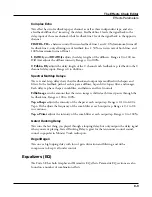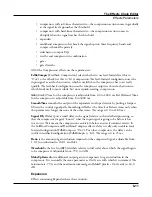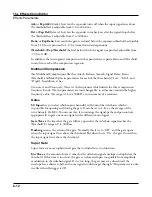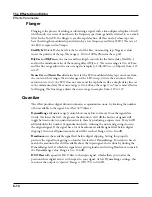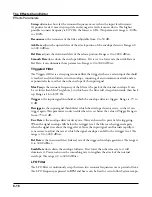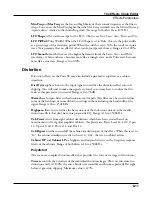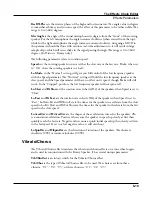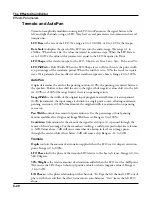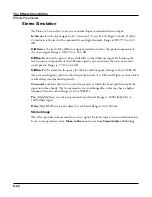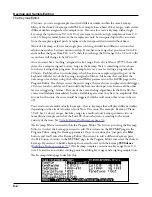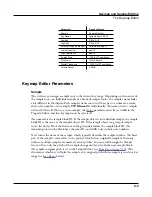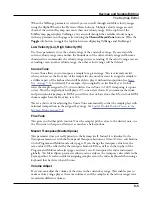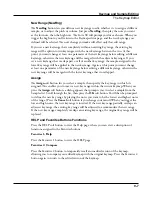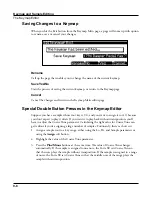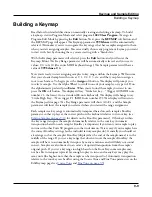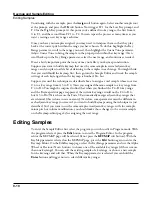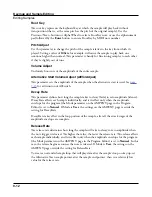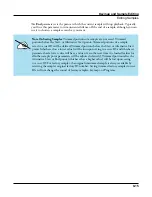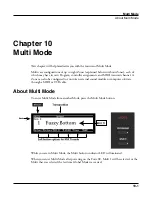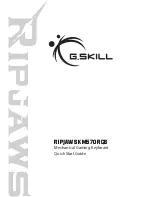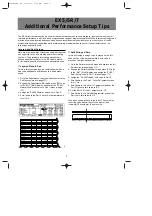
Keymap and Sample Editing
The Keymap Editor
9-1
Chapter 9
Keymap and Sample Editing
The Keymap Editor
The Keymap Editor lets you customize the Forte SE’s factory preset keymaps and save them
to RAM. You can also build your own keymaps from scratch (see
Keymaps are an integral part of every layer of a program. Each keymap contains a set of
parameters determining which sample(s) the Forte SE will play when you trigger a note.
Each layer has at least one keymap, but it can have two keymaps when you’re working with
stereo samples. Each of these stereo keymaps uses two of the 128 available voices.
Each keymap consists of a set of key (note) ranges—C 4 to G 4, for example. The entire span
of each keymap is from C 0 to G 10. Each range has a sample root assigned within the range.
Each sample root is a distinct ROM or RAM sample. Within each key range, the sample root
is transposed up and down to play on each of the range’s notes. You can view each range by
changing the value of the Key Range parameter on the Keymap-editor page. You can mix
samples of different timbres within a single keymap, and even tune individual keys to any
pitch by defining key ranges to single notes and assigning samples to each of those notes.
When you trigger a note, the Forte SE identifies the key range where the Note On event
occurred. It also checks the attack velocity value of the note. It then addresses its memory,
and retrieves the sample root that’s assigned to that key range and attack velocity value.
If the note that’s triggered is not the note where the sample root is assigned, the sample is
transposed to play at the correct pitch. The Forte SE then generates the digital signal that
represents the sound of the note. At this point the keymap’s job is done, and the signal
proceeds through the layer’s algorithm and on to the audio outputs.
You can assign as many key ranges to a keymap as you like, even creating a separate range
for each note. This would allow you to tune each key independently, to create microtonal
tunings. For keymaps that use a single timbre, like the Grand Piano, there’s a key range for
each sample root stored in memory. For acoustic instrumental sounds, the more key ranges
you have for a keymap, the more realistic the sound will be, since there will be less pitch
shifting of the sample root within the key range.

